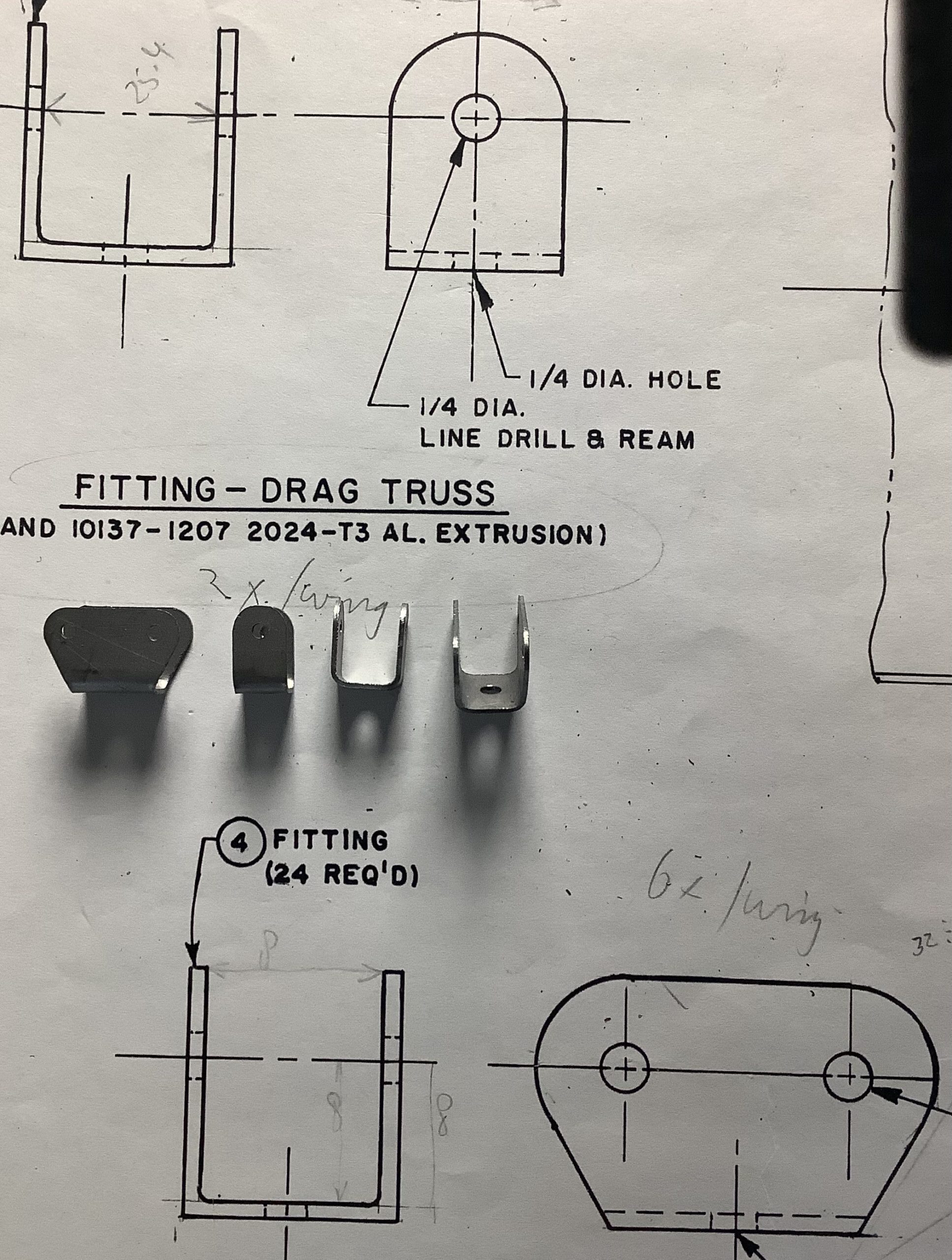Category: CNC
-

Cutting more metal
The truss tubes provide the for/aft strength of the wing. Since these are in place now, I continue with the ailerons horns and linkages. Once those are done, I can start on the aileron and trailing edge. Then only repeat 3 more times. Funny how some of the ribs look skewed, but it’s honestly the…
-
Making metal chips.
Finally getting the hang of producing chips in a consistent way. I think I need approx 36 pcs of the brackets you see in the second image. By the time I have those made, I’ll be an experd. These by the way are fittings for truss-tubes in the wings. Once the wings are covered nobody…
-
The first cut is the hardest
What took you so long? No idea.. More then 10 years ago I got myself a CNC-router with the idea that I would be able to metal metal parts. I’ve used it up to now mostly for non-metal parts. But retirement has given me enough time to finally sort things out. That and a better…
-
How fast we goes..
Finally got the airspeed sensors, so what better to do on a rainy afternoon them to play with them? First the specs: Datasheet, and a picture. Bear in mind that all these diy chips are basically old stuff. This one dates from 2012. Obviously nothing wrong with them, they are still used in a lot…
-
Display fun
I wanted to use this nifty little display for my RPM display of the spindle on the CNC-Router. It somehow switched to a 128*32 mode. Digging in the code, I found a problem (for me, in this sketch) Activating the 128*64 define in Adafruit_SSD1306.h library, fixed it. Yes, of course, it (they) will go into…
-
Back to school.
For the first time in months it’s raining today! Just checked my rain tanks, they are filling slooow, the plumbing is ok, no leaks. (Trust me to install rainwater capture tanks, and then it does not rain for months!) Challenge of the day: I really, really want to make these small metal parts myself. Problem…